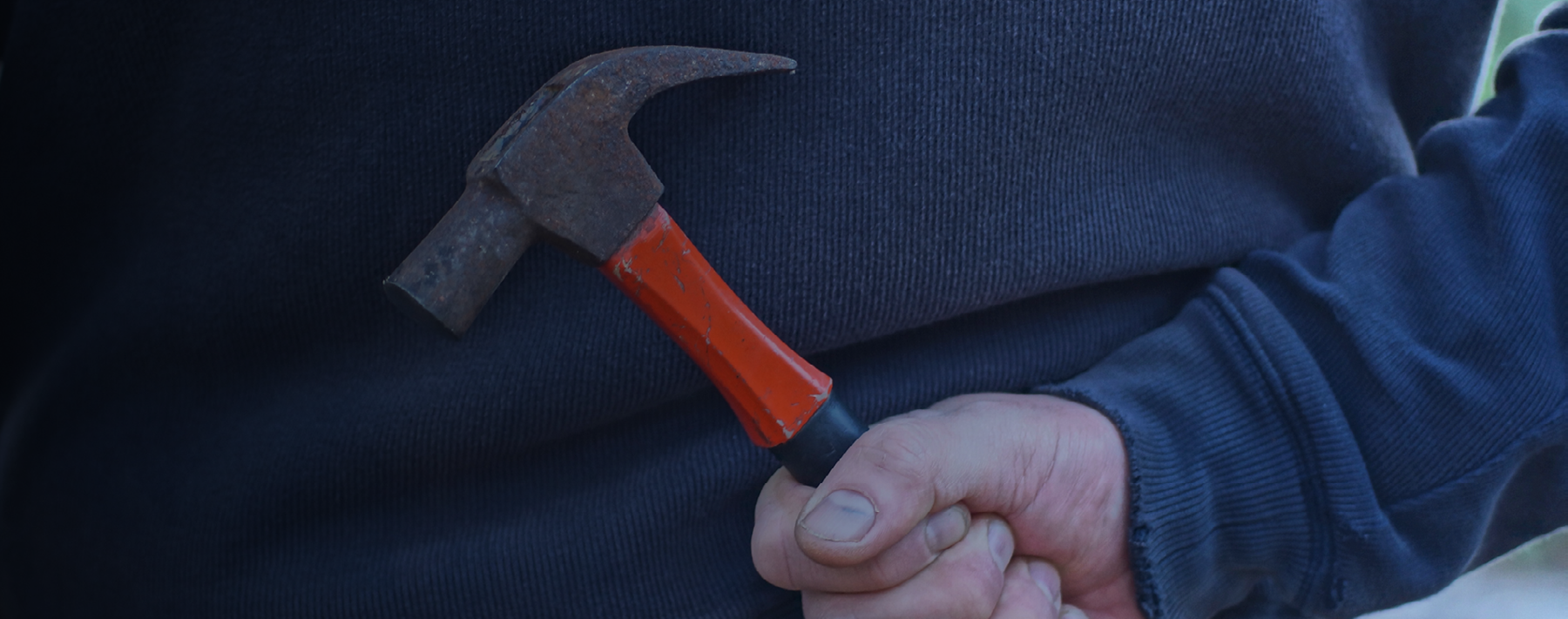Monzon v. City of Murrieta, 2020 WL 4197746 (9th Cir. 2020)
Junef Monzon led officers on what the court called a “classic high-speed chase” in a stolen van. Just before 0200, an officer ran the plate of the van. Discovering the van was stolen, the officer called for other units to assist with a felony traffic stop. When the officers tried to pull Monzon over, he fled. Monzon swerved back and forth on the freeway, drove at speeds up to 100 miles per hour, exited and reentered the freeway and drove through stop signs and stoplights.
Monzon turned down a dark dead-end street and the officers stopped behind him. Seeing that he was blocked, Monzon made a multi-point turn, crashing into a fence post in the process. The first officer got out of his car, drew his weapon and shouted at Monzon to stop and raise his hands. A passenger in the back of the van, unseen by the officers, later testified Monzon raised his hands at this point. The passenger also acknowledged Monzon continued to turn the van and drive forward.
Monzon drove toward the first officer, arcing near and around him in a counterclockwise motion. When Monzon was 10 to 15 feet from him, the officer fired at Monzon. He continued to fire as Monzon drove past him toward the other officers, who were now out of their cars. When Monzon was headed directly toward two of the officers, another officer fired several shots at him.
The van struck one of the police cars and an officer standing outside the police car was injured when the force of the crash drove his arm through a car window. That officer and another officer on the other side fired multiple shots at Monzon. The van stopped, though the motor revved and the tires were spinning. Fearful that Monzon would drive over other officers, the officers standing near the van fired again. When the van began to roll backward, an officer wedged a skateboard under a tire, stopping it.
From the time Monzon began to drive toward the officers to the time he crashed and stopped, just 4.5 seconds elapsed. The data recorder on the van showed the van accelerated repeatedly, with the accelerator pedal pushed from 84 to 99 percent, reaching a maximum speed of 17.4 miles per hour (more than 25 feet per second).
The officers shouted at Monzon to show his hands. When Monzon did not respond, an officer sent a dog to control him. The dog bit Monzon on the head and right arm before the handler called the dog off. As the officer approached the van, they found the passenger in the back of the van. They called for medics and performed chest compressions on Monzon. He was pronounced dead at the scene.
So, to sum things up: Monzon crashed a stolen van into a fence post then ploughed through stopped police cars, accelerating toward officers. The officers fired at Monzon, who stopped only when he struck a police cruiser. When Monzon did not respond to commands to show his hands, a police service dog was sent to control Monzon. Though the officers administered chest compressions, Monzon died from him wounds. Monzon’s parents and the passenger filed suit, claiming excessive force resulting in unreasonable seizure, as well as denial of medical care.
The trial court found the officers were entitled to qualified immunity and granted summary judgment. Construing the evidence most favorably for Monzon, the court of appeals held the officers’ actions were objectively reasonable and affirmed the grant of qualified immunity. The court held the severity of Monzon’s crimes weighed in favor of the use of force.
The court began its analysis with the acknowledgment Monzon had led officers on a dangerous chase in the stolen van, placing the officers and the public at risk. The court cited Monzon’s immediate threat to the safety of the officers when he ignored commands to stop the van and drove toward and through the officers standing outside the patrol cars.
The entire event after Monson turned the stolen van toward the officers unfolded in mere seconds. The court stated:
“Judges and lawyers viewing an event like this in hindsight from the comfort of their armchairs are often tempted to dissect, evaluate, and second-guess the officers’ actions piecemeal. That would be a serious mistake. Cherry-picking specific facts in hindsight is not at all reflective of how this event transpired in real life. It all happened in less time than it took to type this sentence, before daylight, in a very dynamic and chaotic environment, where officers were forced to make split-second decisions about a driver who deliberately turned his car around and drove it toward and between them. The officers were faced with a reckless driver who had already endangered their lives and the lives of the public with a high-speed chase, had broken traffic laws, ignored commands to stop his vehicle, and steered and accelerated his van toward them in close quarters on an unlit street. Although we must read the record in the light most favorable to the plaintiffs, we do not—indeed, we cannot—dissect the record in a way that ignores the totality of the dynamic and quickly changing circumstances Monzon created by deliberately turning his car around and driving it toward and between five officers.”
Construing the evidence most favorably for Monzon, the court of appeals held the officers’ actions were objectively reasonable and affirmed the grant of qualified immunity.
The court assumed the first officer to fire was not directly in the path as Monzon drove toward him. Viewing the facts in a light most favorable to Monzon, the court also assumed none of the officers were directly in the path of Monzon’s charging van. However, they noted, “We have never held that an officer must be in the direct path of a moving vehicle before his use of force is deemed reasonable. Nor could we, given the Supreme Court’s opinion in Plumhoff v. Rickard, 572 U.S. 765 (2014).” The undisputed facts showed Monzon drove the van toward two officers, between the officers and their cars and hit one of the cars on the passenger side, injuring an officer. Firing at Monzon to defend themselves and to defend fellow officers was objectively reasonable.
Plaintiffs also challenged the use of a police service dog to bite and control Monzon when he did not raise his hands as commanded. The court held it was reasonable to deploy the dog rather than for an officer to initially approach the van: “If an officer had personally reached through the van door to apprehend Monzon—instead of using a canine—and Monzon reacted by trying to drive away, the officer would be in danger of getting caught in the doorway of the van.”
This blog was featured in our Xiphos newsletter, a monthly legal-focused law enforcement newsletter authored by Ken Wallentine. Subscriptions are free for public safety officers, educators and public attorneys.



